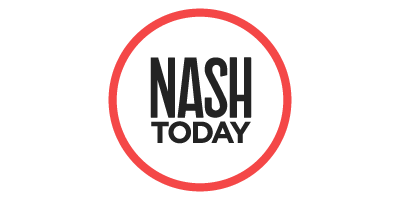Two months following Mayor O’Connell’s announcement that Nashvillians can expect a major transit improvement plan on the November ballot, we now have an idea of what that might look like.
The $3.1 billion “Choose How You Move” initiative would depend on voters approving a half-cent sales tax increase (that’s an additional $70 a year for a household with a median income of $70,000) to fund improvements in four key areas: sidewalks, signals, service, and safety.
The increase, if approved, could go into effect in February 2025 and would account for around 40% of the plan’s total cost. The other 60% will come from state + federal funds and other sources. Let’s take a look at the big picture.
Public transit
WeGo service improvement and expansion accounts for over half of the plan’s focus. Key highlights include:
- 12 new transit centers
- 285 new or upgraded bus stops
- 17 park and ride locations
- Two bus garages
- 65 buses
- Doubled service and 24/7 routes
Sidewalks, signals, and safety
Don’t move with WeGo? These improvements are aimed at making travel seamless for drivers, walkers, bikers, and pedestrians.
- 86 miles of new or upgraded sidewalks + safety improvements at 35 intersections identified as “high injury” areas
- Modernizing 592 traffic signals along pikes and transit routes that will adapt based on traffic so drivers can spend less time at red lights
- Up to 35 miles of new or improved bike facilities
- 54 miles of All-Access Corridors with bus-only lanes to improve travel for all modes
Pro tip: Visit pages 92-94 of the project plan to see the proposed timeline of updates in years to come.
Next steps to move forward
Buckle up — The plan still has a few stops before it reaches the ballot. Nashvillians can expect public input opportunities, and later this summer, it will go before Metro Council for approval.
Bonus: Use the project’s interactive maps to keep track of each component’s plans based on how you move most.











